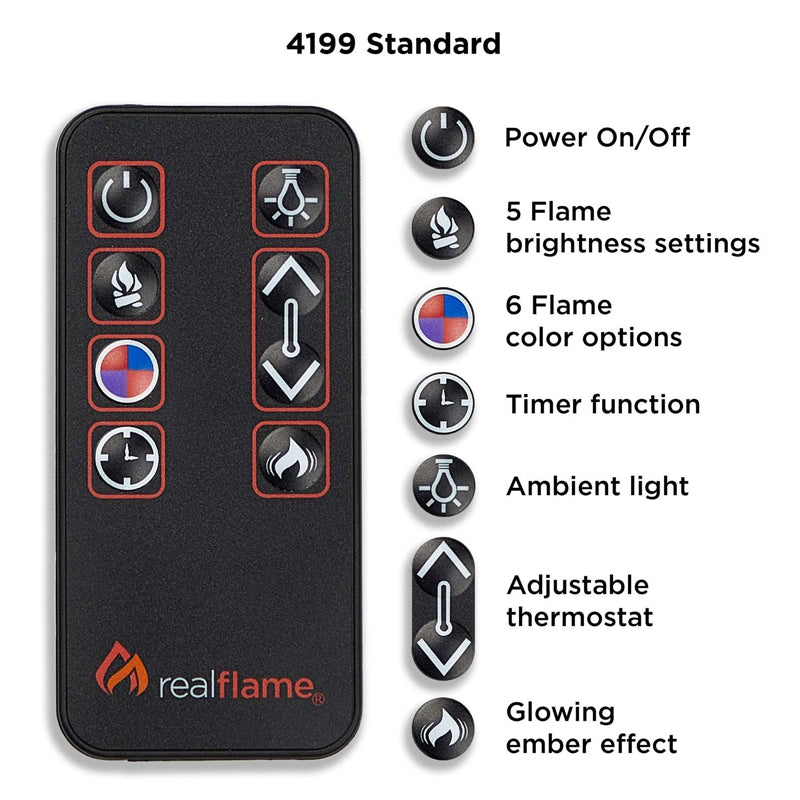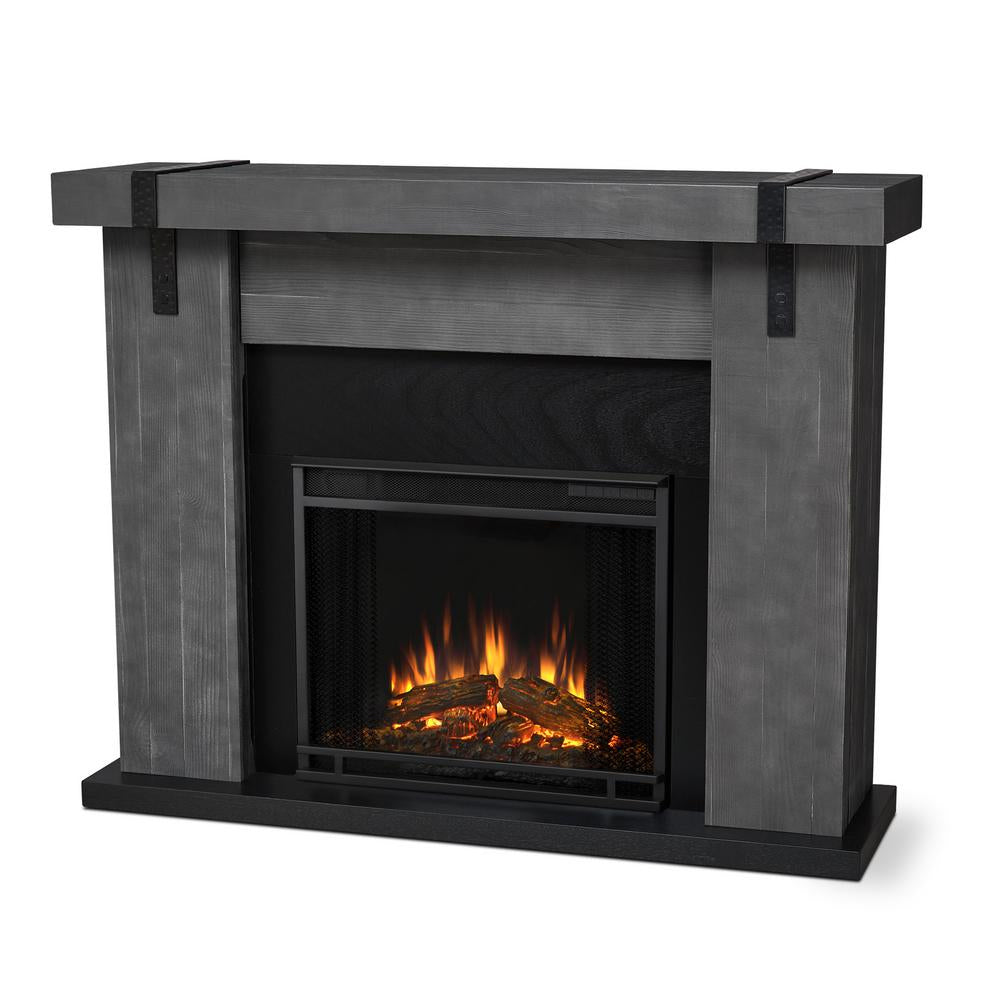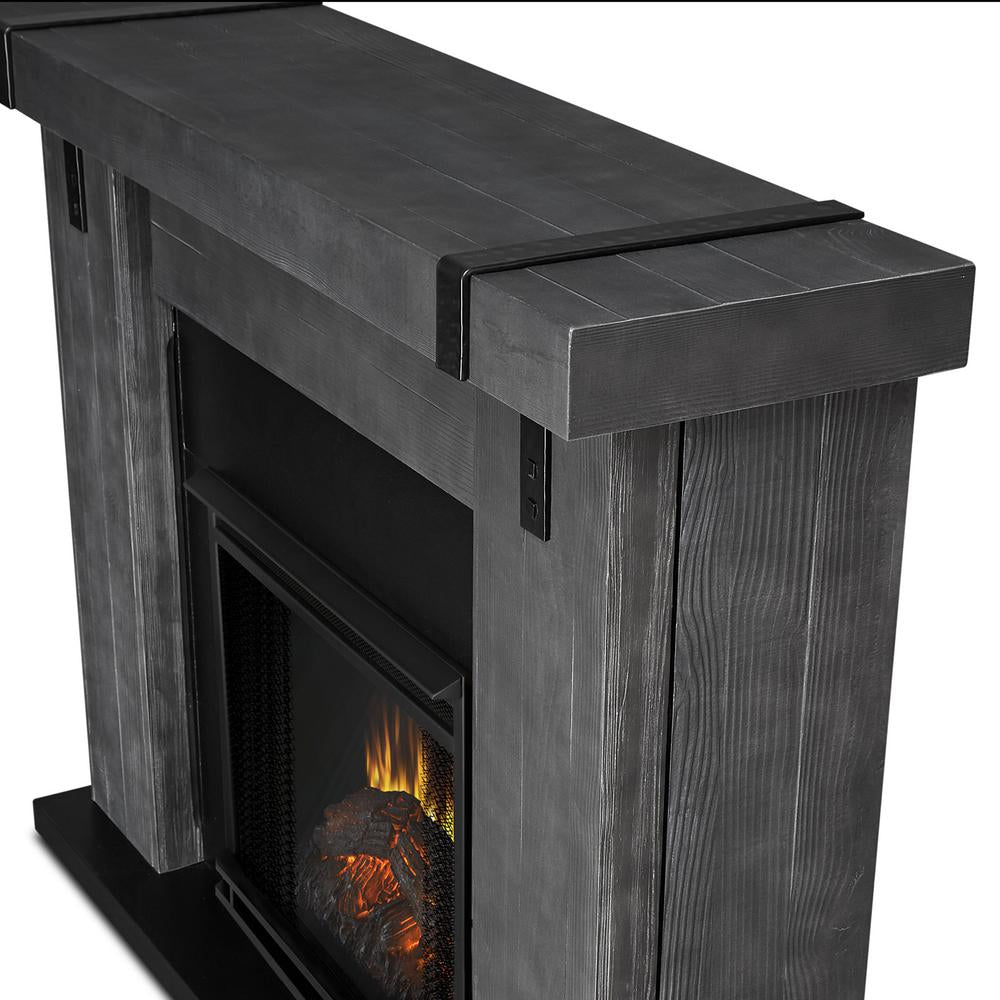
Fireplaces
Transform your home or office into a relaxation zone with a fireplace from The Soothing Company. Fireplaces make any room feel more cozy and comfortable. Hanging a wall fireplace in your home can give you a modern look that is sure to spark the intrigue of your guests. You may think that you don't have enough room for a fireplace or that you are unable to install one in your location. That is a common misconception people make, but the truth is, anyone can own a fireplace nowadays. The technology behind these captivating decor items has evolved dramatically over the last decade. Thanks to modern technology, anyone can now enjoy added warmth in their home, regardless if he or she lives in a private residence. Numerous types of fireplaces exist today that are smokeless and do not require any professional skills to install.
FREE SHIPPING
On All Fireplace Orders
BEST PRICES
Call Us For Current Promotions
GREAT CUSTOMER SERVICE
Expert Advice Before, During and After Your Purchase
Featured Collections
TOP SELLERS
FAQ
How do fireplaces ship?
Depending on the size of your fireplace, it will either ship via FedEx, UPS, or via a LTL freight truck. Delivery will be curbside only.
Can I customize my fireplace?
Many fireplaces can come in different colors. If you like a certain model but need a different size, let us know and we can check on the best available options for you.
What is the lead time for fireplaces?
As fireplaces ship out of different warehouses, they will have different lead times. Many fireplaces can ship out within one week of order, but some may have a longer production time.
Are your fireplaces UL listed?
Not all of our fireplaces are UL listed. To check on the specific model you are interested, feel free to reach out to us and we can confirm.
Is fireplace maintenance hard?
Maintaining your fireplace is not difficult. You will need to clean your fireplace occasionally, based on how much you use it. When cleaning, make sure there is no fuel or debris in the fireplace. Wipe them down with a soft, damp cloth. Do not use harsh chemicals and do not clean while the unit is on or still warm.
Fireplace Learning Center

Ethanol Fireplace Guidebook
On the fence about getting an ethanol fireplace? This guidebook lays out all of the reasons an ethanol fireplace is a great choice for any indoor or outdoor space.

Top Wall Fireplaces
If you are looking for a wall fireplace, but aren't sure where to start, this list of our top wall fireplaces will help you on your way. If you still aren't sure what would be best for your space, please give us a call and we are happy to assist you.

Common Ethanol Fireplace Questions
For more information and commonly asked questions on ethanol fireplaces, take a look at this page.

Common Electric Fireplace Questions
Electric Fireplaces are a great, low-maintenance option. Take a look at this page for answers to any questions you may have. Feel free to reach out to us if you need any additional information.



































